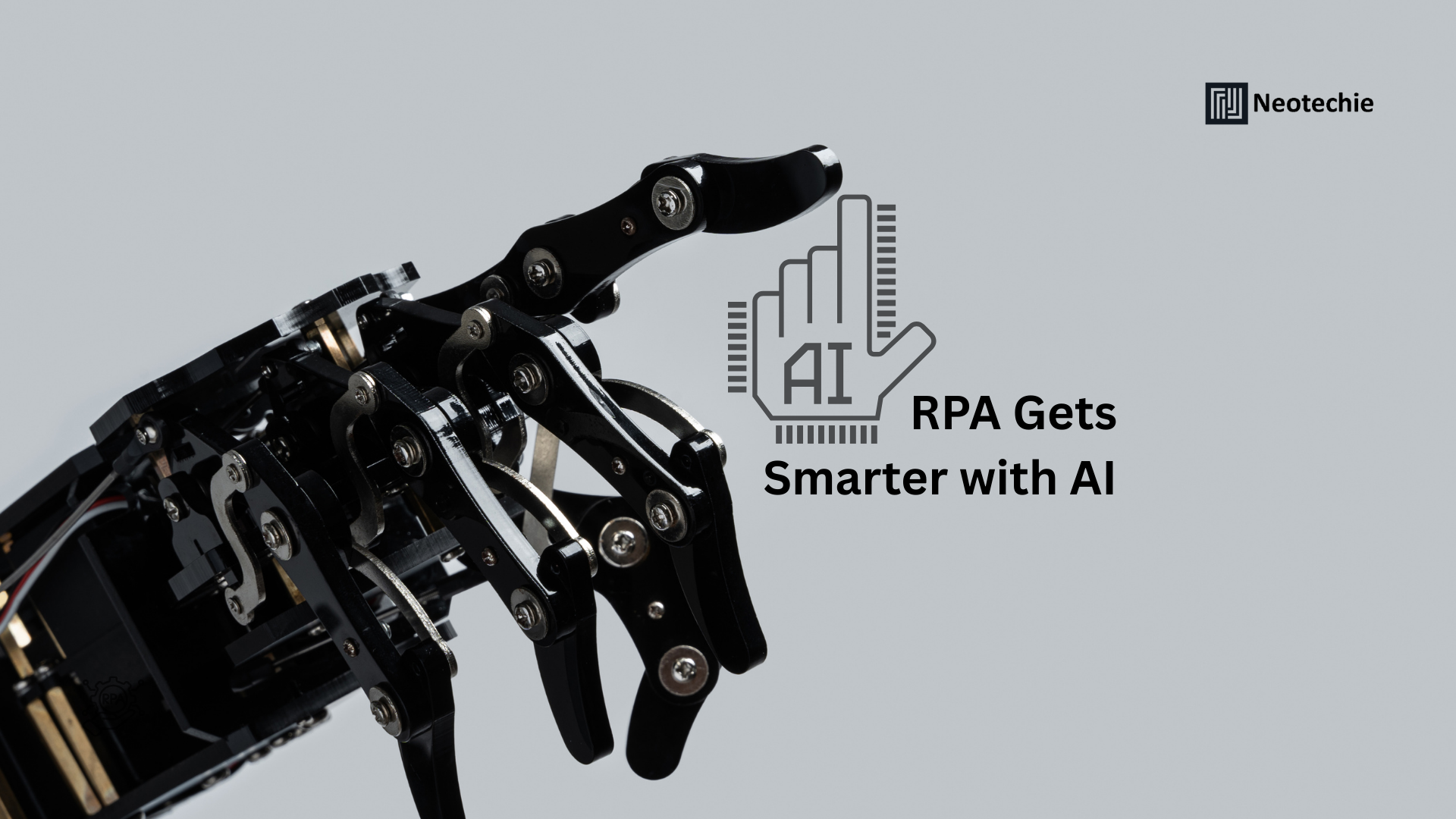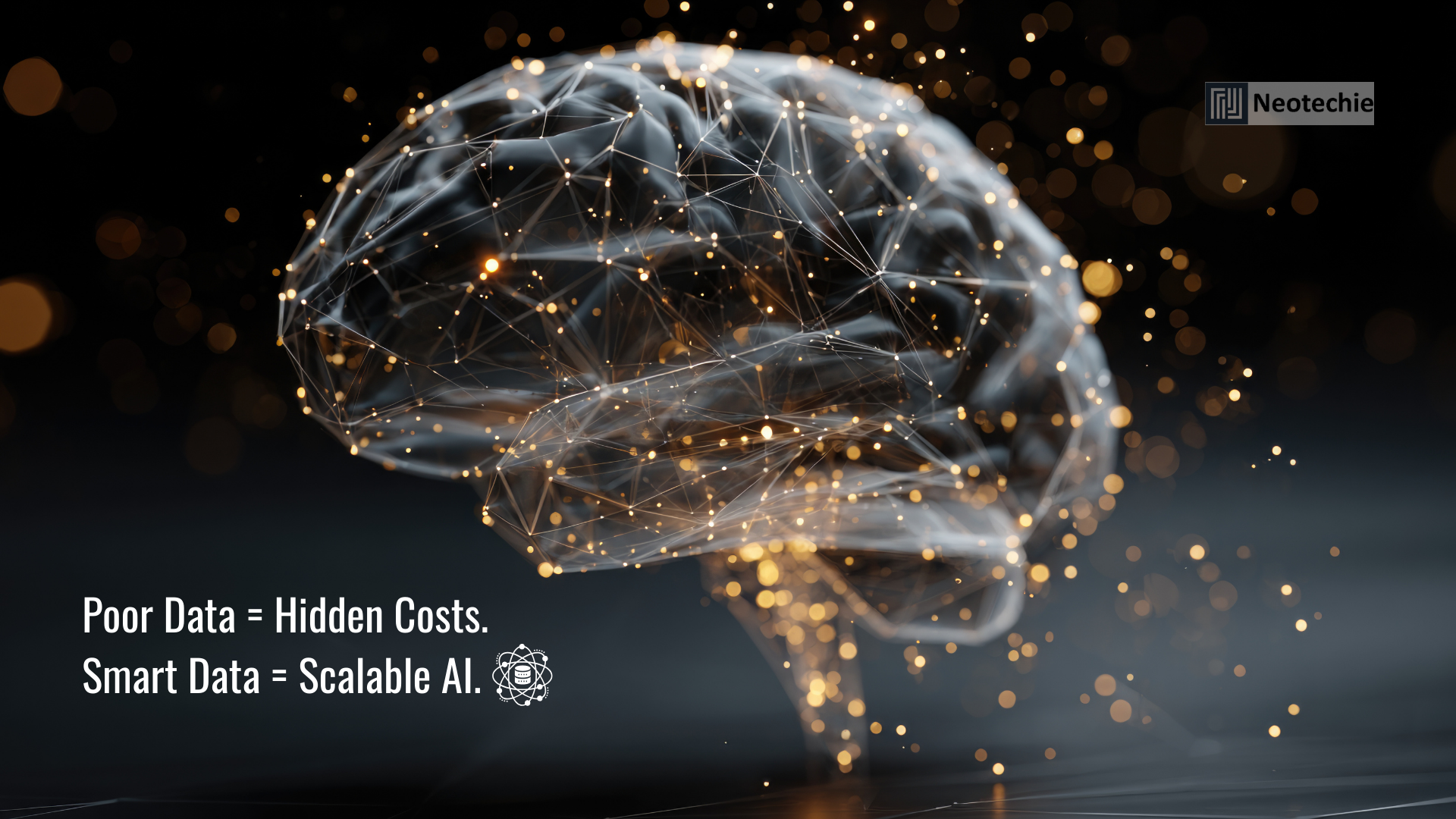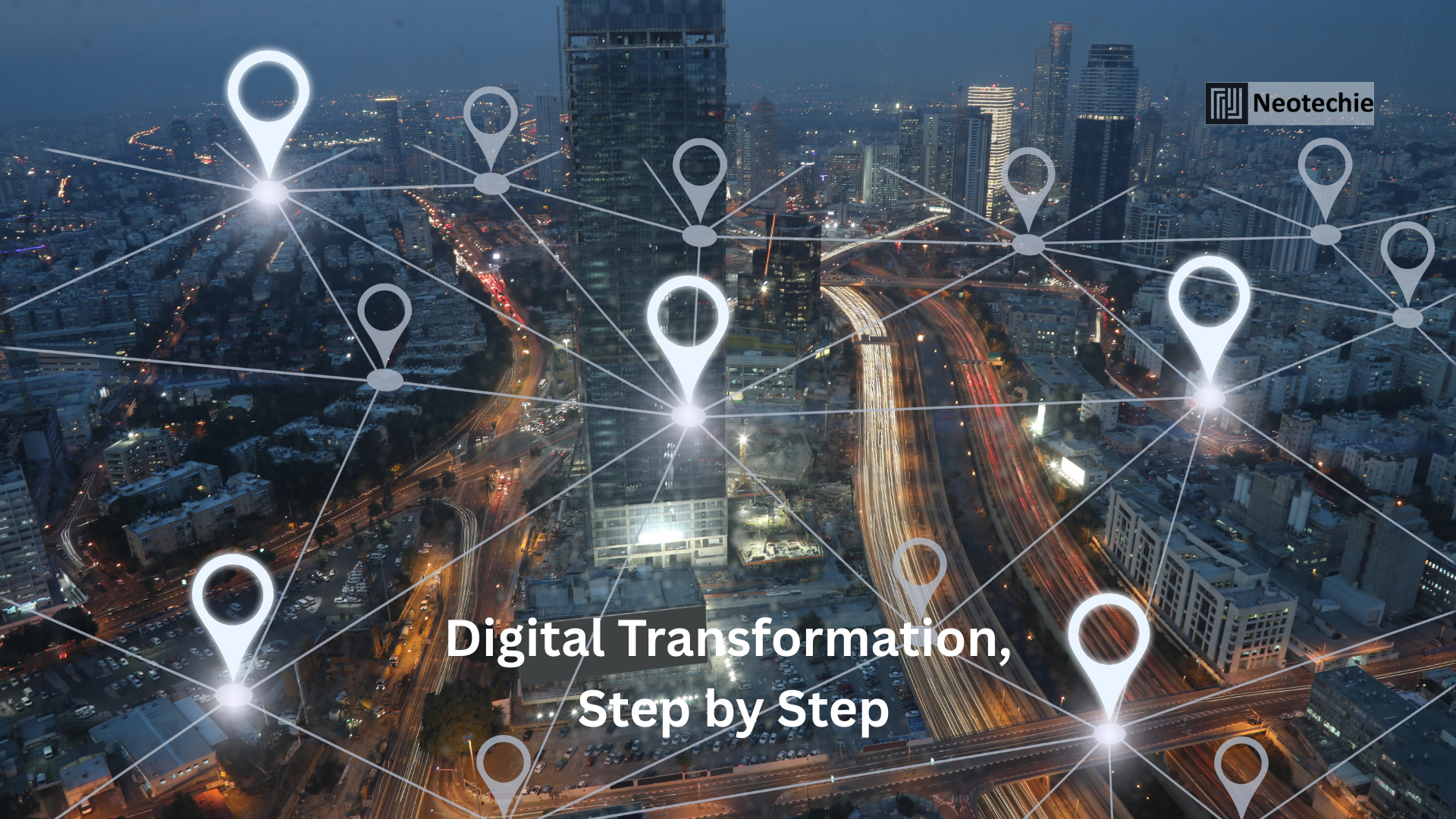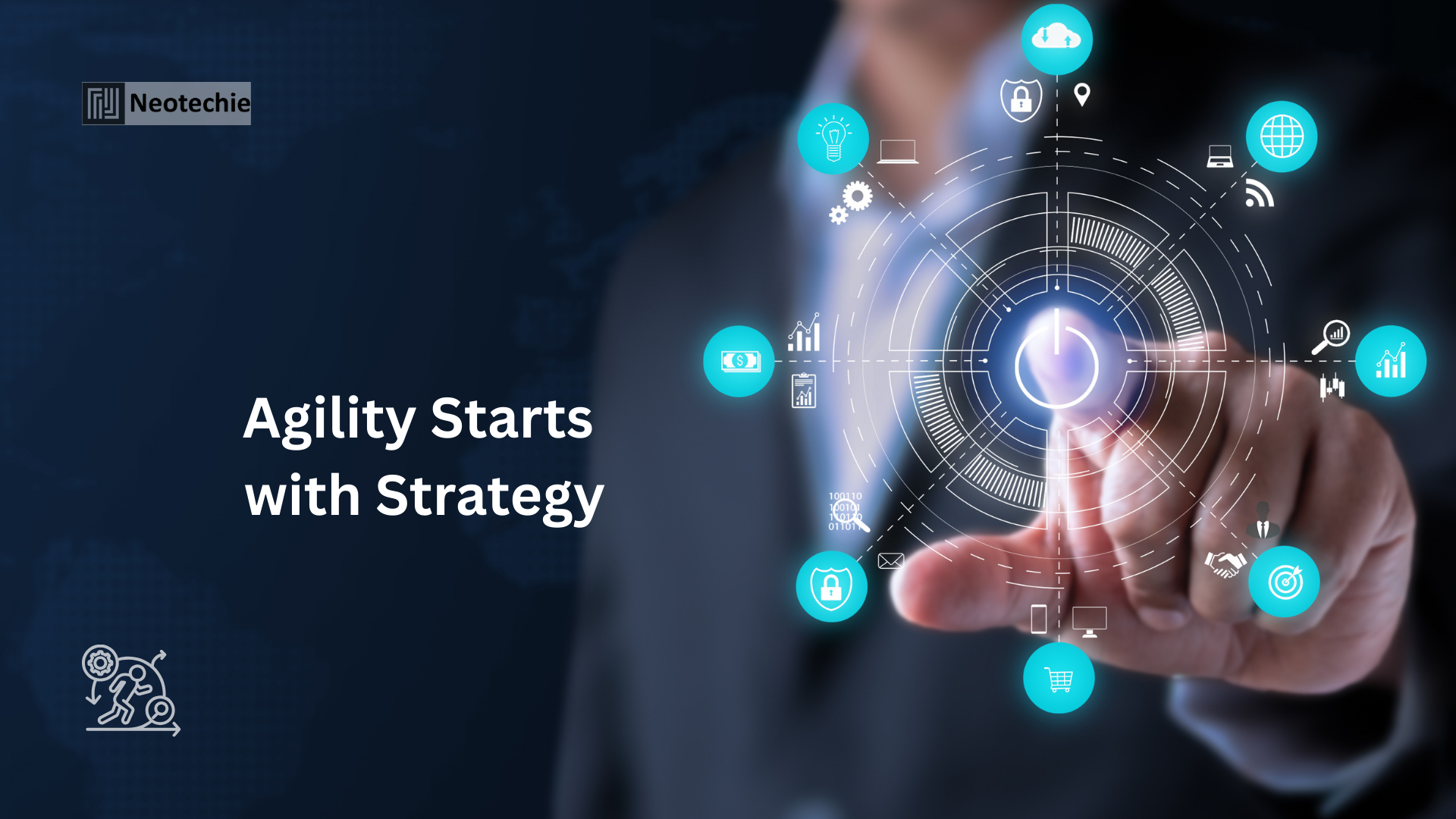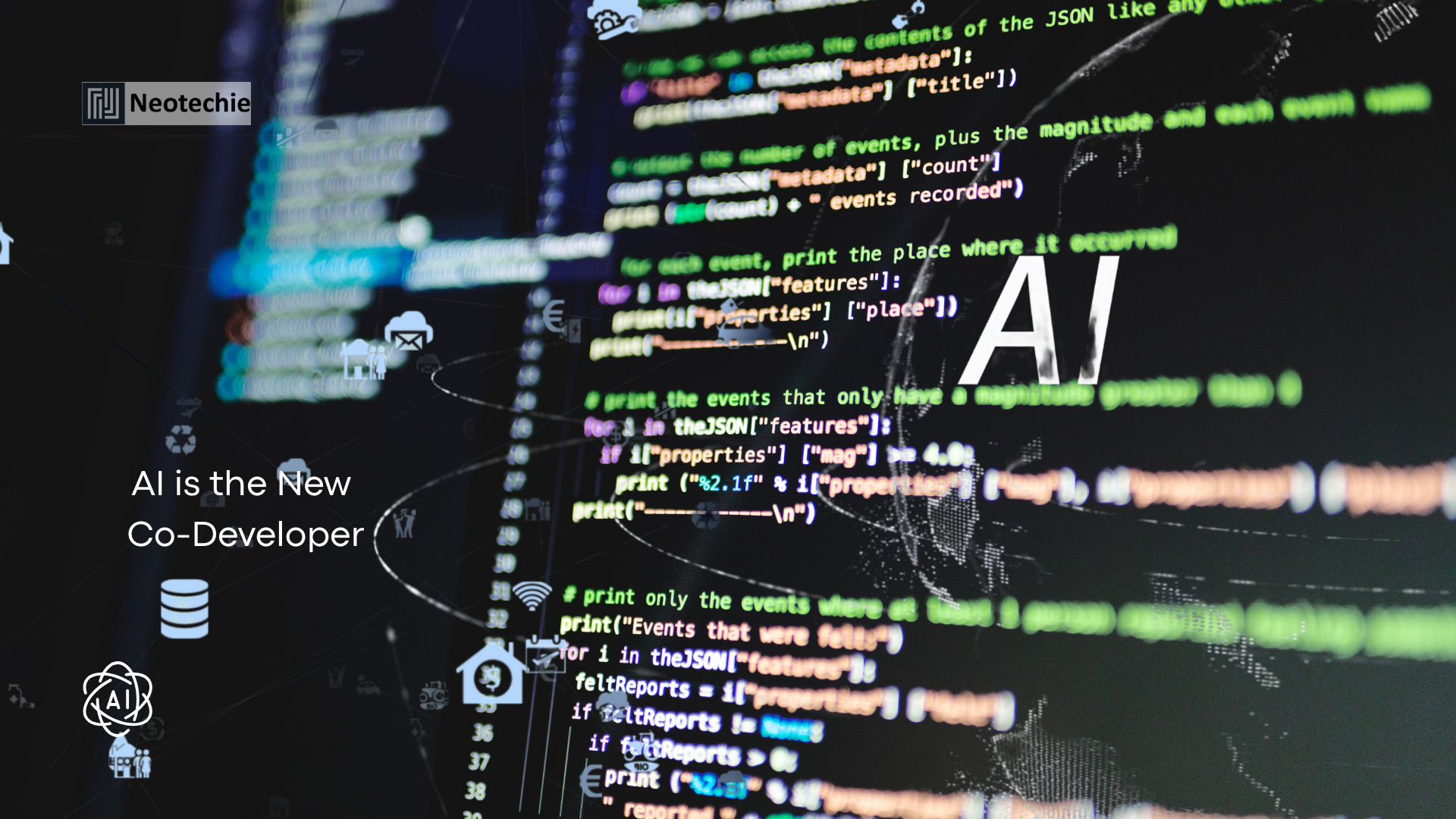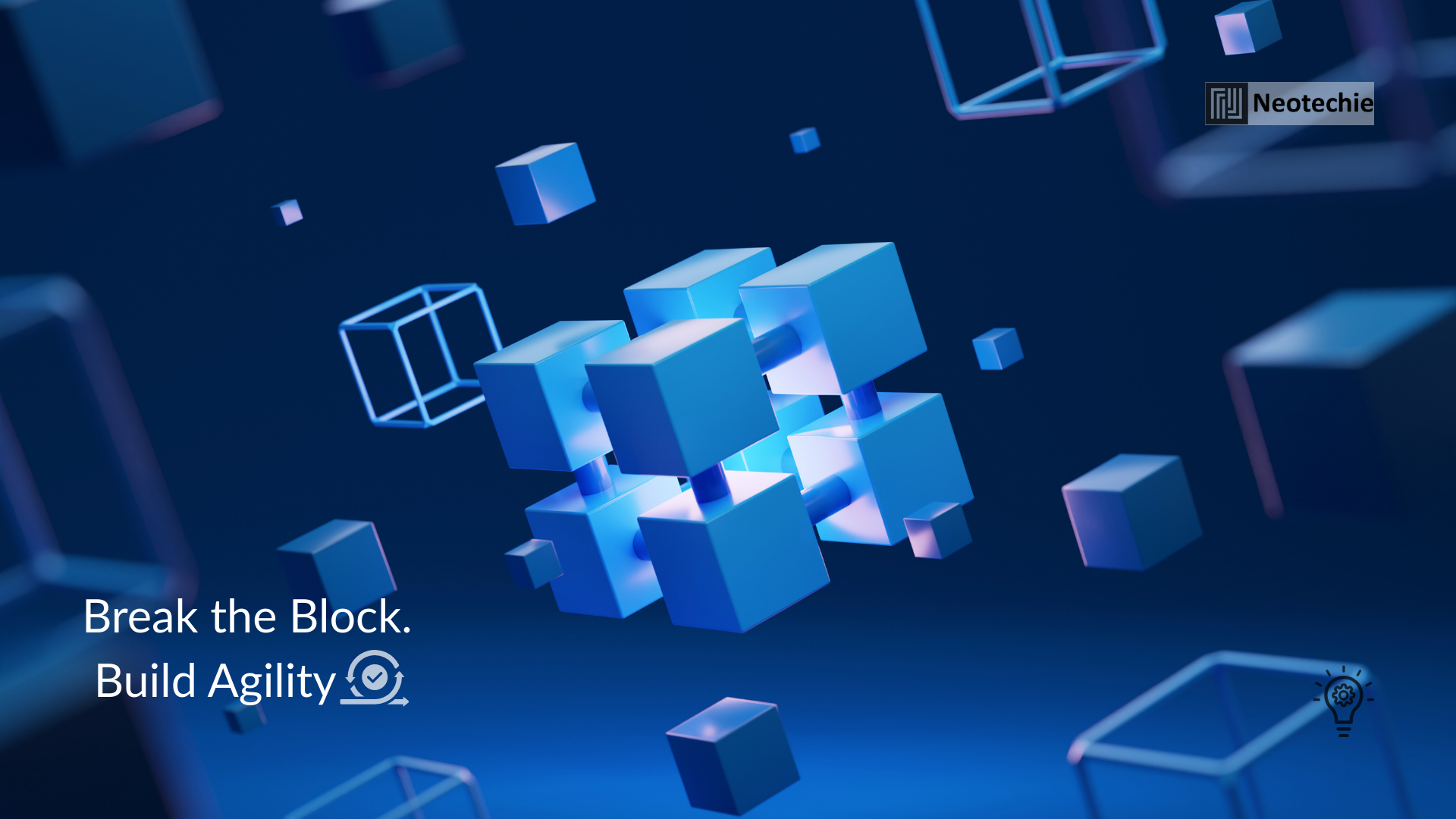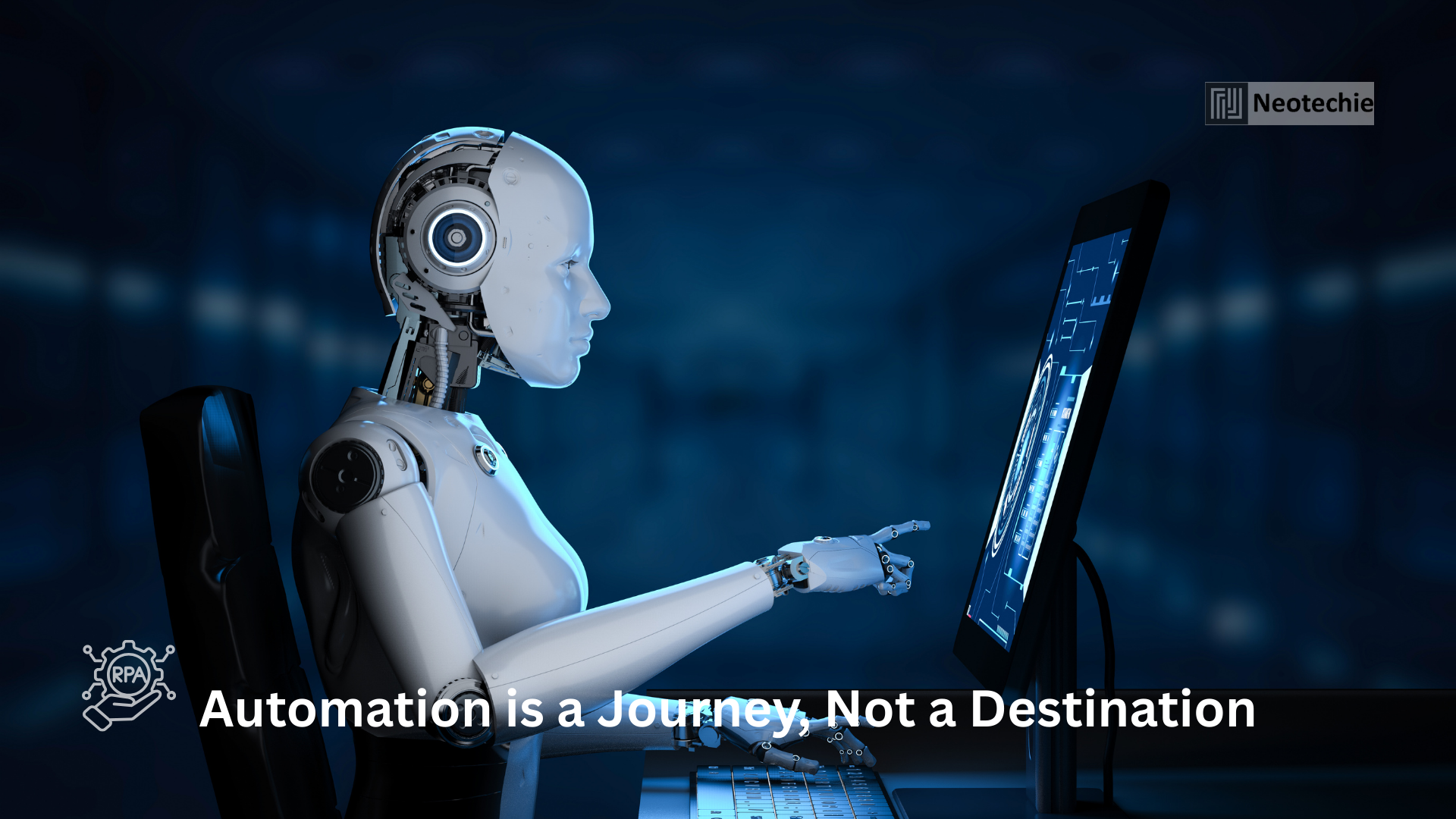Robotic Process Automation (RPA) has transformed repetitive tasks, delivering efficiency, accuracy, and speed. But when RPA is combined with Artificial Intelligence (AI) and Machine Learning (ML), automation evolves into a powerful engine capable of handling complex, judgment-heavy processes. This integration—known as Intelligent Automation—is the next frontier for businesses seeking sustainable transformation.
While RPA alone executes structured, rule-based tasks, AI equips bots with decision-making capabilities, predictive insights, and the ability to handle unstructured data. The result is a system that not only performs tasks but also adapts, learns, and optimizes continuously.
What AI-Augmented RPA Means
AI-augmented RPA combines the precision of bots with the intelligence of AI:
- Decision Automation: Bots can analyze complex datasets, predict outcomes, and make informed decisions without constant human oversight, enabling faster and more accurate operational workflows.
- Unstructured Data Handling: AI empowers bots to understand and process non-standard inputs such as emails, invoices, scanned forms, images, and voice commands, expanding automation beyond rigid structured data.
- Predictive Analytics: Bots can anticipate potential process bottlenecks, forecast trends, and provide actionable recommendations, allowing businesses to be proactive rather than reactive.
- Continuous Learning: Machine learning ensures bots improve over time by learning from new patterns, exceptions, and feedback, which reduces errors and enhances efficiency with each cycle.
Together, AI and RPA create systems that are faster, smarter, and far more adaptable than traditional automation.
Why Businesses Should Embrace AI + RPA
1. Beyond Routine Tasks
Traditional RPA automates repetitive rules-based processes, but AI allows bots to handle judgment-driven activities. This means complex tasks in finance, HR, customer support, and supply chain can be automated with intelligence, freeing employees for higher-value work.
2. Handling Complexity at Scale
Businesses face multi-layered processes that cross departments and systems. AI + RPA can navigate complex workflows, manage multiple exceptions simultaneously, and maintain high accuracy, enabling large-scale operational automation.
3. Enhanced Customer Experiences
Intelligent bots can understand customer queries, provide personalized responses, and route requests efficiently. By reducing human errors and response times, companies enhance satisfaction and loyalty while optimizing resource allocation.
4. Proactive Risk Management
Predictive capabilities allow bots to detect anomalies, potential fraud, and compliance risks early. By flagging issues before they escalate, businesses reduce financial losses, regulatory penalties, and reputational damage.
5. Continuous Improvement
Machine learning enables bots to learn from each transaction or interaction. This iterative improvement ensures processes become more accurate, efficient, and adaptive over time, creating long-term sustainable benefits.
How Businesses Can Implement AI + RPA Successfully
1. Identify High-Impact Processes
Start by mapping processes that are high-volume, repetitive, and involve decisions or unstructured data. Targeting these first maximizes ROI and demonstrates the transformative potential of intelligent automation.
2. Start with Pilot Integrations
Deploy AI-augmented bots in controlled environments to measure performance, gather insights, and refine workflows. Pilots should be designed with scalability in mind to ensure smooth enterprise-wide rollout.
3. Ensure Data Quality
AI depends on accurate, structured, and relevant data. Implement data governance, cleansing, and validation to prevent errors and ensure bots make reliable decisions.
4. Integrate Across Systems
Connect AI bots to ERP, CRM, and other enterprise applications to achieve seamless end-to-end process automation, ensuring that data flows efficiently and processes execute correctly across all platforms.
5. Monitor & Optimize Continuously
Use dashboards, alerts, and analytics to track bot performance, identify exceptions, and implement continuous improvements. This approach ensures processes remain efficient and adapt to evolving business needs.
6. Embed Governance & Compliance
Ensure all automated processes adhere to regulatory requirements and maintain audit trails. This safeguards against legal risks and builds trust in AI-driven operations.
Business Benefits of AI + RPA
- Operational Efficiency: Processes are streamlined, errors reduced, and tasks completed faster, allowing organizations to achieve more with less.
- Cost Reduction: Automation lowers labor costs and minimizes expensive human errors, resulting in substantial savings.
- Scalability: Intelligent automation can expand across departments, geographies, and processes without proportional increases in resources.
- Enhanced Decision-Making: AI insights guide better business decisions by analyzing trends, forecasting outcomes, and providing actionable recommendations.
- Employee Empowerment: By automating mundane tasks, employees can focus on strategic, creative, and high-value activities, boosting engagement and productivity.
How Neotechie Helps Businesses Adopt AI + RPA
Neotechie bridges traditional automation and intelligent systems to deliver impactful solutions:
- Process Assessment & Prioritization
We evaluate business processes to identify which workflows will benefit most from AI augmentation, ensuring high ROI. - Integration Expertise
Neotechie ensures AI-augmented bots operate seamlessly across enterprise systems, supporting end-to-end automation. - AI-Enriched Bot Development
We design bots that combine RPA precision with AI capabilities like NLP, machine learning, and predictive analytics for smarter, adaptive automation. - Continuous Monitoring & Optimization
Real-time dashboards and analytics help track performance, identify exceptions, and optimize bots continuously for maximum efficiency. - Governance & Compliance
We integrate security measures, regulatory compliance, and audit trails into all automation initiatives, ensuring safe and trustworthy operations.
Final Thoughts
AI + RPA transforms automation from basic task execution to intelligent, adaptive, and sustainable business solutions. Organizations adopting this approach achieve operational efficiency, accuracy, scalability, and empowered employees.
AI + RPA is not just automation—it’s intelligent transformation.
With Neotechie as a partner, businesses can implement AI-augmented automation effectively, ensuring processes are scalable, secure, continuously improving, and deliver real business value.

